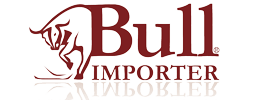Importing from China to Spain requires evaluating the necessary technical and administrative means and demands according to the nature of the goods
Technical and Administrative Aspects for Importing from China
Choosing the right supplier, negotiating correctly, and understanding the [administrative requirements and taxes](https://bullimporter.com/servicios-importacion/gestion-cualquier-fase-importacion-fabricacion/) can reduce the margin for error in international trade operations. Below, we summarize the most important requirements:
- Quality Control. Chinese manufacturers typically do not conduct quality control of production, as they focus on fulfilling their manufacturing commitments. As an importer, quality control characteristics must be agreed upon in advance.
- Technical Specifications. The technical specifications of a product are crucial if we want the goods to meet our expectations. General indications like “good quality” or colors like light green or dark blue only lead to misinterpretations.
- Commercial Invoice. This is the invoice issued by the supplier, including the importing company’s details, the supplier’s details, the description of the goods, and the price or sales conditions, such as Incoterms.
- Packing List. This list should specify the contents of the shipment, the number of packages, and the weight and dimensions of each.
- Bill of Lading (BL). This document is generated and sent by the origin carrier to the supplier of the importing company. The supplier usually delivers it to the importer once payment is made. With this document, the forwarder proceeds with the delivery of the goods.
- Certificate of Origin. Some goods and exporting countries must comply with certain tariff obligations, requiring an official document certifying the product’s origin.
Let’s see an example of how to indicate the characteristics of product manufacturing:
- Design. The best approach is to send a physical sample of the goods. If this is not possible, sending 3D images or photographs from various perspectives showing the product from all sides is advisable.
- Dimensions and Weight. These should be indicated as accurately as possible, as they will influence shipping requirements later. At a minimum, maximum and minimum acceptable measurements and weights should be determined.
- Colors. To ensure exact colors, they must be matched to standard colors. The Pantone guide and the RAL guide are two reliable options for specifying the desired tones accurately.
- Materials. Besides weight and dimensions, specifying the material accurately is essential. For example, stating “cotton” is not enough; we need to describe weights, threads, weaves, and treatments.
- Logo. Here, we will specify the font type, Pantone colors, exact dimensions, proportions, and the precise location of the logo.
- Chemicals. If the goods need to be treated with chemicals, we must specify which ones to ensure they comply with the REACH regulation governing such substances in Europe.
- Quality Standards and Certification Requirements. Some products, like food or toys, must meet specific requirements to be imported. It is necessary to know all the regulations affecting our goods. The most common certifications are CE, FCC, FDA, IRAM, NOM, and REACH.


